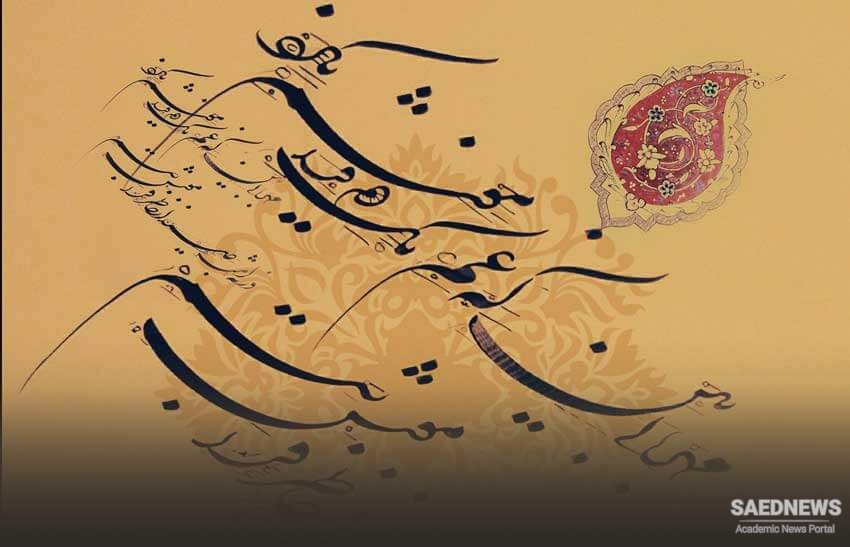This early style may be briefly characterized—at the risk of too great a simplification—by a lofty and virile diction, syncopated rhythms, meticulous attention to the correct use of the language, and a more or less happy outlook on life and love. The typical form of this period is the panegyrical ode (qaside). It is also the time when the heroic epic reached its fullest development in the Shahname of Ferdowsi, completed circa 1010.
Already during the 11 th and early 12th centuries CE, there were significant changes, which were due partly to the emergence of religious poetry in various forms. The names of the Ismâ’ili philosopher and propagandist Nâser-e Khosrow (d. 1060) and of the preaching poet Sanâ’i of Ghazne (d. 1131) mark a profound turn in stylistic history. This resulted in a strong impact of Sufism on poetry, even in the case of those poets who continued to work within the secular atmosphere of the Persian courts. Equally important was the increasing use of Arabic words and learned allusions, particularly by Anvari (d. probably 1189), and the mannerism of language and imagery appearing in the works of the poets of the northwestern provinces such as Khâqâni (d. 1199) and Nezâmi of Ganje (d. 1202).
The period of the Erâqi style (Erâq here refers to western Persia often designated as Jebâl), roughly dated between 1100 and 1500 CE, actually shows a very complicated picture of various stylistic trends that does not lend itself to a one-dimensional description. Apart from the developments mentioned above, this was the period in which the ghazal—originally a short love poem as it was sung by minstrels—became the dominant lyrical form of classical Persian poetry, highly appreciated for its great musical smoothness and flow. Being preoccupied with love feelings, the poets of the ghazal depict the beauty of the beloved and lament the separation from him/her. In the poetry of Sa’di (d. 1292) and Hâfez (d. 1389) the special features of the ghazal were brought to their highest perfection. This form also gained a prominent place in the poetry of the mystics, exemplified in the huge collection left by Jalâl-ad-Din Rumi (d. 1273). Simultaneously, the mathnavi was no longer used mainly for heroic epics, but was applied with greater frequency to the narration of romantic stories and the exposition of moral and mystical ideas. Towards the end of the Erâqi period, a growing artificiality can be noted, particularly in the ghazals. In mathnavis (poems in rhyming couplets) there was a strong tendency towards allegory.


 Civilizational Expansionism and the Birth of New Literary Styles
Civilizational Expansionism and the Birth of New Literary Styles














































